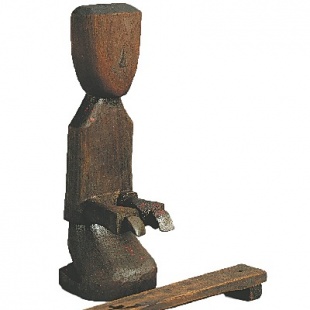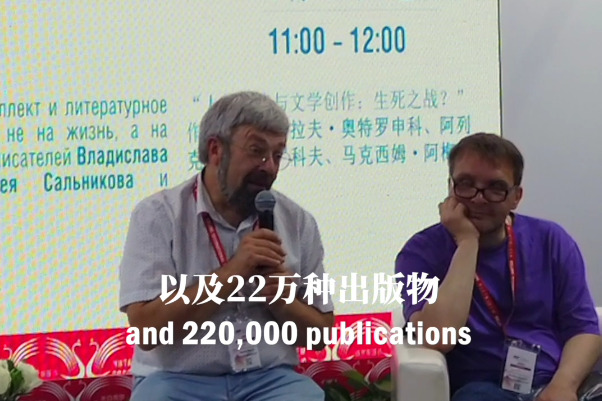Findings reveal scale of ancient salt industry in Jiangsu


Separately, at the Miaohang site in Yancheng, archaeological discoveries include relics related to the Tang Dynasty (618-907) salt production facilities, such as water storage tanks, drying fields, and brine processing areas, confirming that the site was a salt-making settlement. The large concentration of strip-shaped pits suggests that salt-making was likely strictly supervised by the government through official workshops.
The salt-processing hub later gradually fell out of use and became a regular village as the coastline moved eastward due to the silting up of estuaries.
The site at Houbeituan shows evidence of salt production in the form of salt stoves and brine pits from the Southern Song Dynasty (1127-1279) to the Ming (1368-1644) and Qing (1644-1911) dynasties, indicating a period of salt-making that lasted for centuries.
"Archaeological surveys since 2021 have identified over 100 sites in Yancheng that reflect various aspects of salt production and transportation," Chen adds. "This has laid a foundation for the reconstruction of the historical salt production system during different periods. The discoveries provide valuable insight into the management of the coastal salt industry by the central government since the Western Han Dynasty period."
"The salt industry was a pillar of revenue in ancient dynasties," Qin Dashu, an archaeology professor at Peking University, says. "Continuous study of the sites in Yancheng could complete our knowledge of the industrial chain."
Lin Liugen, an archaeology professor at Zhejiang University, believes that the findings present an example for the future study of historical salt industry facilities and technology.
He expects that follow-up studies of the sites will provide information about ancient societies from a variety of angles. For example, the large number of ordinary tombs around the sites may belong to salt laborers.
"Their job was really tough, and they moved around quite often," Lin says. "Deeper research into the tombs could lead to a better understanding of this process of migration, and acknowledge their contribution."
Wang Ru contributed to this story.
wangkaihao@chinadaily.com.cn





































